Intro
Discover 5 key facts about Hydrocodone Acetaminophen, a potent pain reliever, including its uses, side effects, and risks, to ensure safe consumption and understand opioid addiction, dosage, and interactions.
Hydrocodone acetaminophen is a widely prescribed medication for managing moderate to severe pain. It is a combination of an opioid pain reliever (hydrocodone) and a non-opioid pain reliever (acetaminophen). Understanding the facts about hydrocodone acetaminophen is crucial for patients who are prescribed this medication to ensure safe and effective use.
The importance of being informed about hydrocodone acetaminophen cannot be overstated, given its potential for both relieving pain and causing dependency. Patients need to be aware of the benefits and risks associated with this medication to make informed decisions about their treatment. Moreover, with the ongoing opioid crisis, it's essential to approach the use of opioid-containing medications like hydrocodone acetaminophen with caution and under the guidance of a healthcare provider.
As a medication that combines the effects of an opioid (hydrocodone) with a non-opioid analgesic (acetaminophen), hydrocodone acetaminophen offers a dual mechanism of action to relieve pain. Hydrocodone works by binding to opioid receptors in the brain and spinal cord, altering the perception of and response to pain. Acetaminophen, on the other hand, is thought to work by blocking the production of prostaglandins in the brain, which are substances that cause pain. The combination of these two components can provide more effective pain relief than either medication alone for some patients.
Introduction to Hydrocodone Acetaminophen
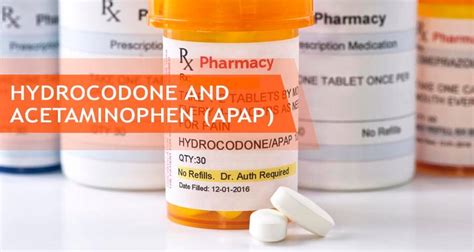
Benefits of Hydrocodone Acetaminophen
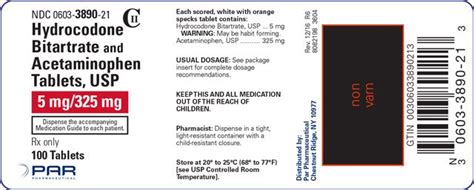
Common Uses
Hydrocodone acetaminophen is commonly prescribed for a variety of pain management scenarios, including: - Post-operative pain - Chronic pain conditions such as back pain or osteoarthritis - Pain associated with injuries The decision to use hydrocodone acetaminophen should be made under the guidance of a healthcare provider, considering the patient's medical history, the severity of their pain, and their risk factors for opioid dependency.Risks and Side Effects
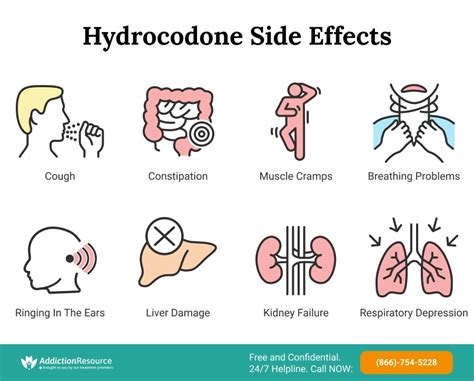
Safety Precautions
To minimize the risks associated with hydrocodone acetaminophen, patients should: - Follow the prescribed dosage and administration instructions carefully. - Avoid consuming alcohol or taking other medications that can interact with hydrocodone acetaminophen. - Monitor their liver function, especially if they have pre-existing liver conditions. - Be aware of the signs of opioid overdose, such as difficulty breathing, and seek immediate medical help if they occur.Alternatives and Considerations

Non-Opioid Pain Management
Non-opioid options for pain management are diverse and can be effective for many patients. These include: - NSAIDs (Nonsteroidal Anti-Inflammatory Drugs) like ibuprofen or naproxen for inflammatory pain. - Antidepressants or anticonvulsants for neuropathic pain. - Physical modalities such as heat, cold, or electrical stimulation. - Lifestyle modifications, including exercise and weight management.Conclusion and Future Directions
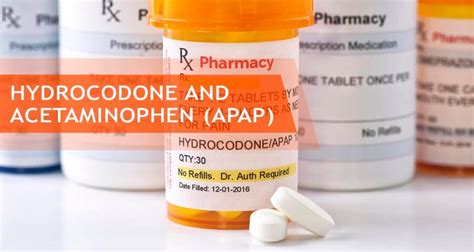
Final Thoughts

Call to Action
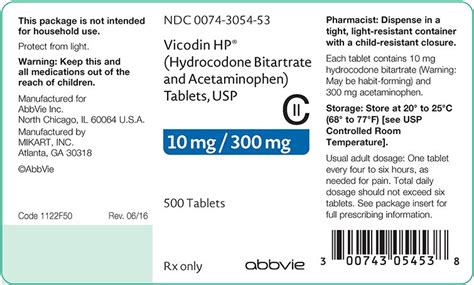
What is hydrocodone acetaminophen used for?
+Hydrocodone acetaminophen is used for the management of moderate to severe pain.
What are the risks of taking hydrocodone acetaminophen?
+The risks include opioid addiction, respiratory depression, liver damage, and other side effects such as drowsiness, dizziness, nausea, and constipation.
Can I stop taking hydrocodone acetaminophen abruptly if I experience side effects?
+No, you should not stop taking hydrocodone acetaminophen abruptly without consulting your healthcare provider, as this can lead to withdrawal symptoms. Your provider can help you taper off the medication safely.
